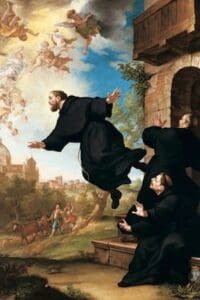 St. Joseph of Cupertino
St. Joseph of Cupertino
Explore the Saints
St. Luke

The little biographical information that we possess about the Evangelist Luke comes from his brief mentions in Paul’s letter to the Colossians and Second Timothy. In Colossians 4:14, Paul describes one of his companions, “Luke the physician,” who has since become traditionally identified as the writer of the third Gospel. Some scholars support this assertion by citing the more detailed descriptions of several diseases and bodily afflictions that Christ encounters in Luke’s Gospel, crediting these descriptions to the author’s medical knowledge.
Throughout the book of Acts of the Apostles, the author uses first person plural language, thus leading scholars to believe this companion Luke traveled with Paul throughout Paul’s travels among the Christian communities he founded around the Mediterranean.
Because Luke was not Jewish, but rather a Greek gentile from Antioch, he wrote his Gospel for a non-Jewish, Greek audience. The beginning of his Gospel states that he had gathered information from several sources about the life, death, and resurrection of Jesus:
“Since many have undertaken to compile a narrative of the events that have been fulfilled among us, just as those who were eyewitnesses from the beginning and ministers of the word have handed them down to us, I too have decided, after investigating everything accurately anew, to write it down in an orderly sequence for you, most excellent Theophilus, so that you may realize the certainty of the teachings you have received.”
Lk 1:1-4
Although Luke is certainly responding to various oral or written accounts of Jesus ministry, and like the other Synoptic Gospels, Mark and Matthew, (called “synoptic” because they include many of the same narratives and story-telling perspectives), Luke makes use of plenty of his own unique material in his Gospel. Luke’s Gospel begins with a unique infancy narrative that commences with the story of John the Baptist’s birth. Then, Luke narrates the story of Incarnation, when Mary received the message of the angel Gabriel, inviting her to become the mother of God. The story of the angel Gabriel’s annunciation is followed by the only Gospel account of the Visitation—when Mary runs to visit her cousin Elizabeth and proclaims her joy in God’s salvation through the words of her Magnificat. By intertwining these two stories, Luke emphasizes the importance of John the Baptist as a forerunner of Christ. In addition to these unique opening narratives, Luke’s Gospel contains several beloved parables that are unique to his Gospel, such as the parables of the Good Samaritan, the Rich Man and Lazarus, and the Prodigal Son.

Because Luke was writing for a Gentile audience, Luke’s Gospel emphasizes Christ’s mission to the poor and the marginalized, particularly the Gentiles. In Luke’s account, Jesus’ public mission is constructed as a long journey from Galilee to Jerusalem. Once Jesus arrives in Jerusalem, his death and Resurrection open up salvation to the whole world. Thus, in the Acts of the Apostles, Luke narrates the story of Christ’s salvation spreading from Jerusalem—where the early Church first gathered—to Antioch, to Greece, and finally, to Rome, the heart of the secular empire. Acts begins with the story of Pentecost—of the Holy Spirit pouring out onto all the nations gathered in Jerusalem—and, after following the activities of Peter, the second half of the book focuses on Paul’s conversion and his subsequent travels—which Luke accompanied him on—and persecution.

Luke is the patron saint of physicians and surgeons. He is also the patron saint of painters and artists because an ancient tradition maintained that he painted an icon of Mary. A subsequent Polish Christian tradition holds that painting is the famous icon of Our Lady of Czestochowa. Many pious legends purport that the source of Luke’s infancy narrative and some of his additional Gospel stories come from Mary, who, through the words of Luke’s Gospel, shares with Christians all the memories that she has been “pondering in her heart.”
Luke is often depicted with a symbol of an ox or calf. The stained glass image of the ox above comes from the chapel in Morrissey Hall. Above the altar in the Basilica of the Sacred Heart on campus, there is a large gold mural depicting the four Evangelists between four prophets, where Luke is also painted with an ox.
St. Luke, whose Gospel captures the merciful mission of Christ to the poor—pray for us!
Search Saints
 St. Joseph of Cupertino
St. Joseph of Cupertino
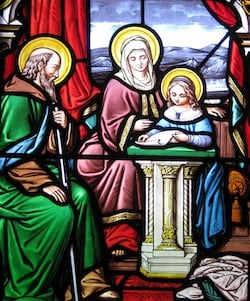 Sts. Anne and Joachim
Sts. Anne and Joachim
 St. Robert Bellarmine
St. Robert Bellarmine
 Sts. Cornelius and Cyprian
Sts. Cornelius and Cyprian
 Our Lady of Sorrows
Our Lady of Sorrows
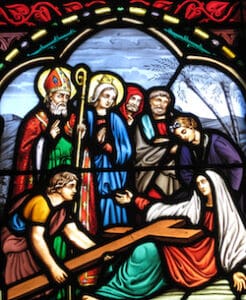 The Exaltation of the Holy Cross
The Exaltation of the Holy Cross
 St. John Chrysostom
St. John Chrysostom
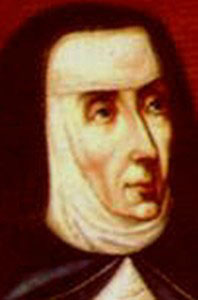 Blessed Victoria Strata
Blessed Victoria Strata
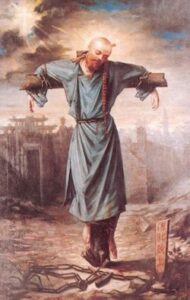 St. John Gabriel Perboyre
St. John Gabriel Perboyre
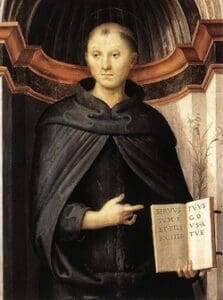 St. Nicholas of Tolentino
St. Nicholas of Tolentino
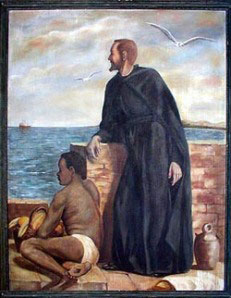 St. Peter Claver
St. Peter Claver
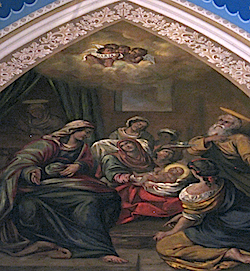 Feast of the Birth of Mary
Feast of the Birth of Mary
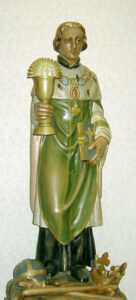 St. Cloud
St. Cloud
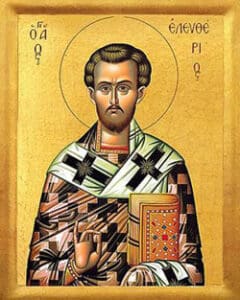 St. Eleutherius
St. Eleutherius
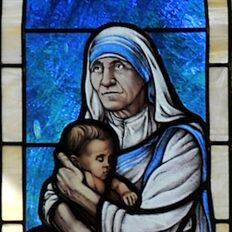 St. Teresa of Calcutta
St. Teresa of Calcutta
 St. Rose of Viterbo
St. Rose of Viterbo
 Pope St. Gregory the Great
Pope St. Gregory the Great
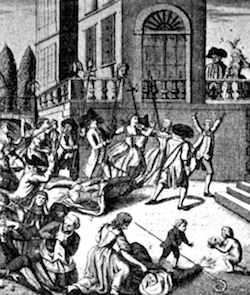 Blessed Jean-Marie du Lau and the Martyrs of September
Blessed Jean-Marie du Lau and the Martyrs of September
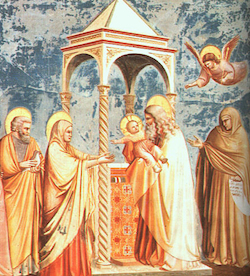 St. Anna the Prophetess
St. Anna the Prophetess
 St. Pammachius
St. Pammachius
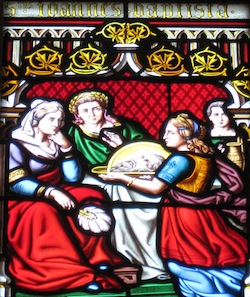 Feast of the Beheading of John the Baptist
Feast of the Beheading of John the Baptist
 St. Augustine
St. Augustine
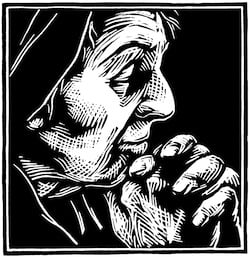 St. Monica
St. Monica
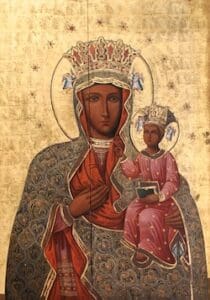 Our Lady of Czestochowa
Our Lady of Czestochowa

